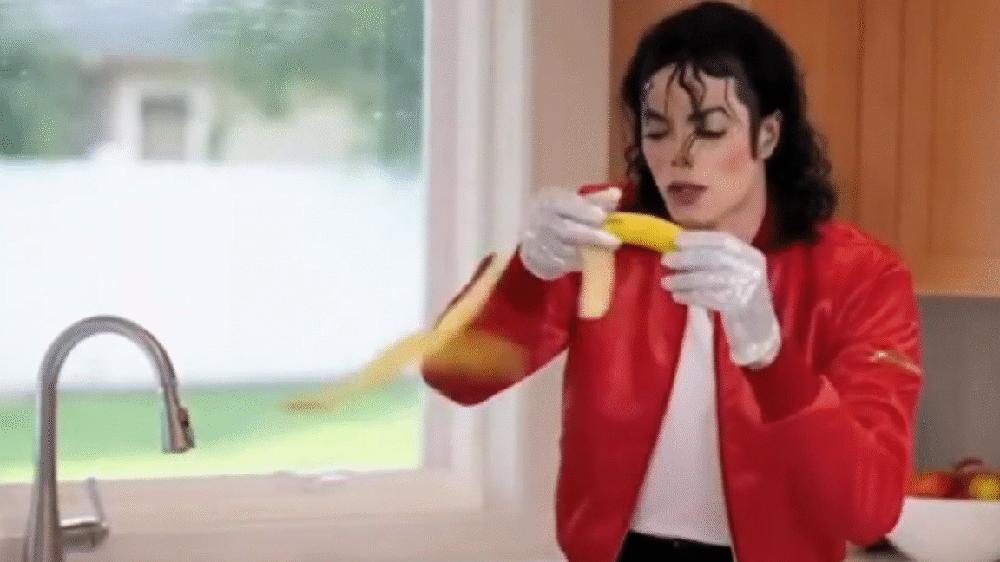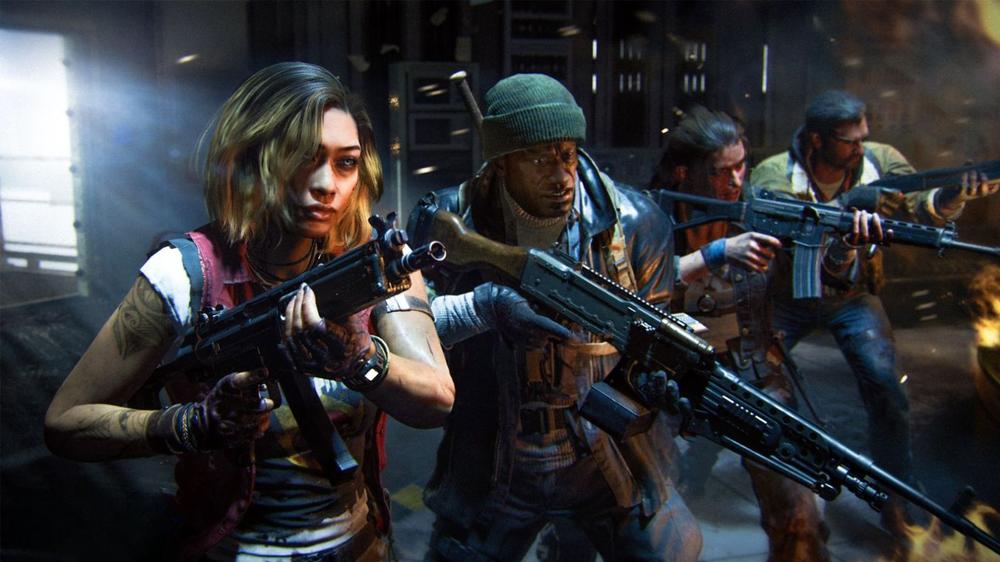When OpenAI launched the Sora 2 video generator last week, the company wrote that it was taking measures to "block depictions of public figures" by default. But creators and viewers of Sora 2 videos are finding that prohibition has a rather large loophole, allowing for videos of public figures that happen to be dead.
Examples of celebrities being posthumously inserted into Sora 2 video creations are not hard to find all over social media these days. Tupac Shakur chatting with Malcolm X. Bruce Lee running a "dragon energy" DJ set. Michael Jackson doing kitchen-based standup comedy. Stephen Hawking's wheelchair wiping out on a giant skateboard ramp. Mister Rogers doing a cameo on Jackass. Kurt Kobain stealing KFC chicken fingers. Martin Luther King Jr. stuttering through a major speech. The list goes on and on.
OpenAI places a moving Sora watermark over each generated video, which limits the risk of viewers being fooled by fake footage of real people. Still, seeing these deceased celebrities used as props by an AI tool can obviously be upsetting to their living relatives and fans.
"Please stop sending me AI videos of dad," Zelda Williams said in a since-deleted Instagram story Monday (archived here), referring to her late father Robin Williams. "Stop believing I wanna see it or that I'll understand, I don't and I won't... It's dumb, it's a waste of time and energy, and believe me, it's NOT what he'd want."
@sorasynth Martin Luther King forgot his lines mid-speech🎤🤔🤔 #mlk #speech #fyu #sora #ai ♬ original sound - SoraVerseAl
The reference to what the late Williams would have wanted is important here. OpenAI notes that living users, including public figures, can opt in to Sora 2's "cameos" feature by scanning their own face with a smartphone to "drop yourself straight into any Sora scene with remarkable fidelity." OpenAI promises that cameo users "are in control of your likeness end-to-end" and that the feature is designed "to ensure that your audio and image likeness are used with your consent." Cameo users can also revoke access to their scanned images at any time and have moderation control over other videos created with that scan.
But deceased public figures obviously can't consent to Sora 2's cameo feature or exercise that kind of "end-to-end" control of their own likeness. And OpenAI seems OK with that. "We don’t have a comment to add, but we do allow the generation of historical figures," an OpenAI spokesperson recently told PCMag.
The countdown to lawsuits begins
The use of digital re-creations of dead celebrities isn't exactly a new issue—back in the '90s, we were collectively wrestling with John Lennon chatting to Forrest Gump and Fred Astaire dancing with a Dirt Devil vacuum. Back then, though, that kind of footage required painstaking digital editing and technology only easily accessible to major video production houses. Now, more convincing footage of deceased public figures can be generated by any Sora 2 user in minutes for just a few bucks.
In the US, the right of publicity for deceased public figures is governed by various laws in at least 24 states. California's statute, which dates back to 1985, bars unauthorized post-mortem use of a public figure's likeness "for purposes of advertising or selling, or soliciting purchases of products, merchandise, goods, or services." But a 2001 California Supreme Court ruling explicitly allows those likenesses to be used for "transformative" purposes under the First Amendment.
The New York version of the law, signed in 2022, contains specific language barring the unauthorized use of a "digital replicas" that are "so realistic that a reasonable observer would believe it is a performance by the individual being portrayed and no other individual" and in a manner "likely to deceive the public into thinking it was authorized by the person or persons." But video makers can get around this prohibition with a "conspicuous disclaimer" explicitly noting that the use is unauthorized.
I’m definitely falling for AI when I’m older
byu/Suspicious-Bee-5487 inaivideo
Control over AI re-creations of performers was a major focus of the 2023 SAG-AFTRA strike, resulting in a contract that gave members full control over the use of digital replicas in future unionized projects. Zelda Williams wrote publicly during that strike about the "disturbing" efforts to re-create her father's voice at the time. "These recreations are, at their very best, a poor facsimile of greater people, but at their worst, a horrendous Frankensteinian monster, cobbled together from the worst bits of everything this industry is, instead of what it should stand for," she wrote.
OpenAI has already been forced to change the way Sora handles fictional copyrighted works. CEO Sam Altman wrote this weekend that copyright holders now have to opt in to allow their characters in Sora 2 videos (rather than opting out when the service launched) and will share in some of the revenue from any Sora videos of their characters. Altman also promised "many more [changes] to come" and to "expect a very high rate of change from us... we will make some good decisions and some missteps, but we will take feedback and try to fix the missteps very quickly."
Last year, a pair of podcasters were sued after creating an "AI" version of a George Carlin comedy routine that used a re-creation of Carlin's voice (but which was actually written by a human). And OpenAI previously faced threats of legal action for mimicking Scarlett Johansson's vocal performance in ChatGPT-4o's voice mode.

 Fan-favorite CoD SMG finally returning in Black Ops 6 Season 6
Fan-favorite CoD SMG finally returning in Black Ops 6 Season 6